E-MTB geometry explained: how weight and geometry affect your ride
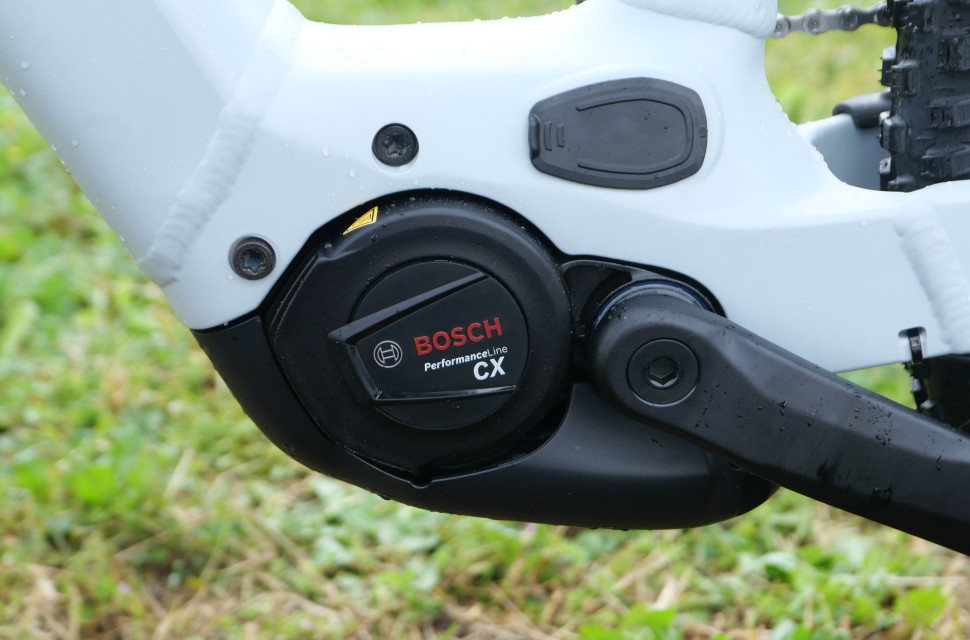
Long, slack and low is a phrase that has been etched into the mountain bike world with every new bike ushering in slacker head tubes, longer reaches, lower standovers and bottom brackets to improve dynamics. And, for the most part, that’s done fantastic things for the progression of the sport – but with e-mountain bikes taking up a huge portion of the marketplace and weighing over 20kg in most cases, I’ve been pondering whether or not e-MTBs require the same design treatment. To answer those questions, I sat down with several industry professionals to find out how they approach e-MTB design.
- Yamaha Moro 07 e-MTB review
- Opinion: A lightweight e-bike is in your future so you might as well get used to the idea now
- off-road Opinion - E-bikes aren't a menace, it's all about trail etiquette
It’s now common knowledge that e-mountain bikes get a lot of their stability through the increased weight over regular mountain bikes and that boost in sure-footedness has caused a small crisis in my head. Should I be riding a large e-MTB as usual? Or would I be better off with shorter geometry? Well, YT Industries’ Decoy is a bike that somewhat answered that question for me. Its large frame is shorter than many others but it’s an e-bike that I absolutely adore. It corners beautifully yet when I pushed it through steeper and chunkier terrain, I never felt short-changed by its comparatively stubby wheelbase.
Then Merida unveiled its most recent eOne-Sixty platforms which got a small change up in geometry. At first, I thought its slightly steeper head tube and slacker seat tube were picked to add a bit more zest to the rather weighty ride quality. Owing to these questions and tweaks, I chatted with Jon Woodhouse and Tim Holch of Merida, Andi Sykes from Privateer and Cy Turner of Cotic, all of whom approach e-MTB design in slightly different ways and with different goals and outcomes in mind.
Why are e-mountain bikes more stable?
Before diving too deep into things, let's take a quick look back at why long, slack and low took over the world of mountain bikes. In a nutshell, it made bikes easier to ride down trails that were becoming increasingly technical.
It's all about stability. Stability comes as a result of lengthening the distance between a bike's wheels or its wheelbase. This calms a bike down and makes it easier to ride as it increases the interval between the front wheel hitting an object and the rear. Extending the distance between the wheels also greatens the space between two centres of centrifugal force (the wheels), which keeps you upright as you pedal. Lengthening a mountain bike's wheelbase has a knock-on effect on its agility. There’s simply a larger object to manoeuvre around.
Electric mountain bikes are often sized similarly to non-assisted MTBs and a good chunk of stability is accounted for there but a motor and battery adds upwards of three kilos to a bike (ignoring lightweight models). These bonus kilos get the suspension working overtime through the larger mass of sprung weight. Then, a heavier object while travelling through a rock garden, for example, is harder to move resulting in something that will hold its line better.
Pair the effects of the weight with the long, slack and low movement we've seen over the years, and that's where e-mountain bikes are harder to manoeuvre. A rider is trying to muscle 20-odd kilos while bending a long wheelbase around a corner – this is the main reason why I've got so wrapped up in this subject.
E-MTBs come with a unique style of riding compared to mountain bikes
Although a vast number of e-mountain bikes on the market are designed with heavy inspiration from person-powered bikes, e-bikes are ridden differently and, to a point, by people with different needs. Electric bikes allow riders to cover greater distances which can include more miles of flatter terrain but this, of course, depends on the riding you enjoy.
It must also be noted that e-mountain bikes are more accessible in terms of ability. A new rider can ride further and have a better time keeping up with their mates with the help of a motor and battery. Combine these two points and you get part of Merida’s approach to the design of its recently released eOne-Sixty platforms.
These bikes feature a slightly steeper headtube angle and a slacker seat tube to improve ride comfort and handling. However, the 0.4-degree steeper head angle also aids in boosting agility and somewhat counteracting the eOne-Sixty’s weight, as the brand’s Engineer, Tim Holch suggested.
Privateer has made similar tweaks to its E161’s geometry, too, although with a different approach entirely. That bike is made to mimic the 161 enduro bike as closely as possible to provide a training tool for its enduro athletes. As we know, the more descents you can cram into a small amount of time can equate to big gains in terms of skill and overall speed.
Although the E161 gets many of the same numbers as its pedal-powered counterpart, Privateer has slackened the seat tube angle. Andi Sykes at The Rider Firm (Privateer’s parent company) says that the rider is the motor of a regular mountain bike, so they need to be placed in as efficient a spot over the bike as possible – and that is why an 80-degree seat tube was chosen. The E161 has a motor so the seat tube can be slackened placing the rider in a less efficient position, which places more weight over the rear wheel to increase traction when climbing.
There are two main adjustments common in e-MTB geometry
We’ve already touched on one and that’s the seat tube angle but as Cotic announced it was working on its own e-mountain bike a couple of years ago, I got in touch with the brand’s founder, Cy Turner, to learn whether or not he was making any changes to account for the weight of a motor and battery.
“In terms of geometry, the biggest departure for us on a big battery bike was going mullet for all sizes. With a big, heavy battery to move around when you're cornering, the easier turn initiation of the mullet setup just massively improved the ease of handling of the bike. Given I much prefer 29er on un-motorised bikes, this was one of the biggest changes.”
Combining a 650b wheel at the rear with a 29-inch hoop at the front is nothing new and it was something that was created to reap the advantages of what makes each wheel size great. The main attribute was more agility and, like Cy, I’m not a fan of mullet wheels on a regular bike but believe that they make total sense when more weight gets involved.
Because of the battery, an e-bike not only weighs more than an analogue mountain bike but the weight can be placed fairly high in the frame, towards the head tube. This can make the bike tough to tip or lean, so brands are doing what they can to place the weight as low as possible in the frame (take the Canyon Torque:ON and Whyte’s whole line-up for example) but such gains are marginal and with the current crop of heavy batteries, there’s little that can be done to thwart this issue apart from taking full advantage of the benefits that mullet wheels pose.
Compared to a regular bike that only takes tyre clearance and pivot location into account, an e-MTB and the subsequent motor location means the chainstay tends to grow: a longer chainstay means a longer wheelbase which can make a bike less playful. Since e-mountain bikes are arguably less playful already because of their weight, any means of reducing the chainstay is a good thing (although long chainstays are great for their own reasons). As a smaller wheel takes up less room, designers can tuck the rear wheel closer to the bottom bracket or the back of the motor.
It’s a much larger subject than geometry alone
As someone who tests bikes, it's easy to hold bike geometry to account for its handling but, in reality, an e-mountain bike’s suspension kinematic does a lot here. Jon Woodhouse from Merida states that a lot of the agility in an e-MTB comes with how a brand has tuned its suspension. Referring to the Merida eOne-Sixty, its kinematic is rather supportive which helps the rider manipulate the bike more easily, making a heavy bike ride more like a lighter one. For Merida, it was a balance of hitting the balance between grip and liveliness.
Although brands can tune bikes the other way, making them super planted and mega confident on the descents, it might feel dead on the trail. This would be at the expense of agility but an e-MTB’s suspension kinematic plays a vital role in how that bike reacts to a rider input.
Jon mentioned how people praise the handling of the Canyon Spectral:ON, a bike that’s kitted with a 900Wh battery that makes up for its weight with a supportive and lively kinematic. So much so that some say it’s a bike that feels lighter and more playful than bikes with lower actual kilograms. That’s down to the suspension tune.
And where brands typically alter a non-powered bike's kinematic to keep it from sucking too much energy under pedalling loads, it's not quite as important on e-bikes. Electric mountain bikes do a lot of the work in propelling the rider forward, so maximum pedalling efficiency just isn't as important. This means suspension kinematics can be made more supple, increasing rear-wheel grip again for better traction when climbing and, well, everywhere else for that matter.
e-MTBs make an excellent case for modern sizing concepts
Over the past few years, many brands have been introducing their own sizing concepts that move away from the sizing standards of yore that take rider height into account. Although that still plays something of a role in mountain bike sizing, it’s becoming much less important thanks to these new sizing methods.
Instead, brands such as Merida, Specialized and Privateer have ditched the usual ‘small, medium and large’ sizing conventions, opting to name each size P1, S1, Short or Long, for example. As those names suggest, these sizes focus more on the reach figure and effective top tube, which are much better measurements to predict and inform a rider of how a bike might feel to ride and sit on. We’re seeing Canyon take a similar stance, too, although it's sticking with conventional sizing nomenclature.
For regular MTBs, this is great because each size can accommodate a wider range of riders according to the ride character they're looking for – whether that's agility or stability. But for e-MTBs, these concepts really come into their own. As we know, e-MTB's are more stable because of their weight so the ability to happily fit over a smaller bike gives those who prefer to throw bikes around an excellent opportunity to choose a bike's geometry, or length to suit their own preferences. Importantly, these don't constrain riders to a certain size as concepts of old did.
Just like regular mountain bikes, it's all about research and rider preference
The big question I had in my mind before researching for this article was, ‘do e-bikes need to be as long as normal mountain bikes?’ As I mentioned before, I love the blend of stability and agility that comes as a result of an e-bike's weight and a smaller size’s shorter length. Of course, this whole subject is much larger than I first thought and to say that brands are getting e-MTB geometry wrong is wrong in itself.
As with all things cycling, it’s a serious case of research and learning what you like and want from a bike and thankfully, the industry’s mass of brands all strive to create one thing – the best bike ever but they approach their own projects in vastly different ways, which explains that although bikes go forwards, are fun and do the same thing, they do it differently. It’s just a case of picking which one appeals to you the best.

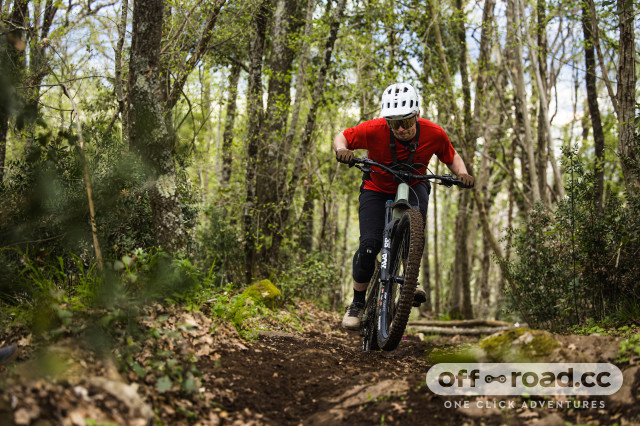






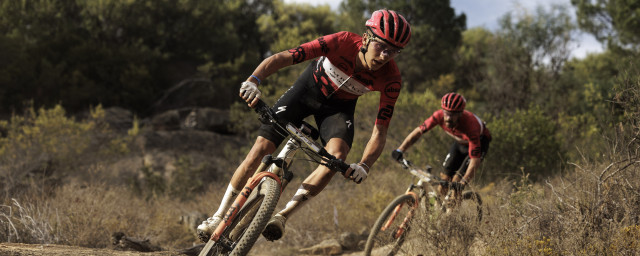


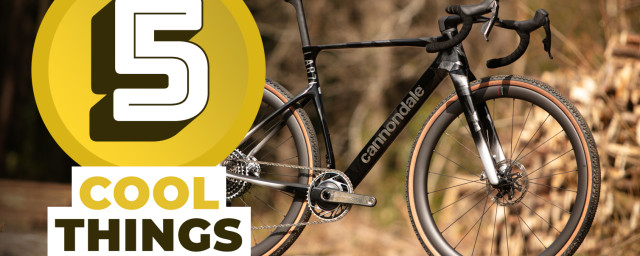
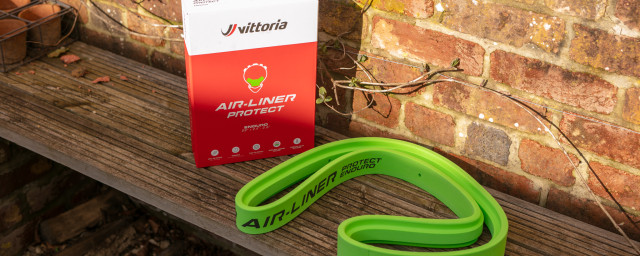
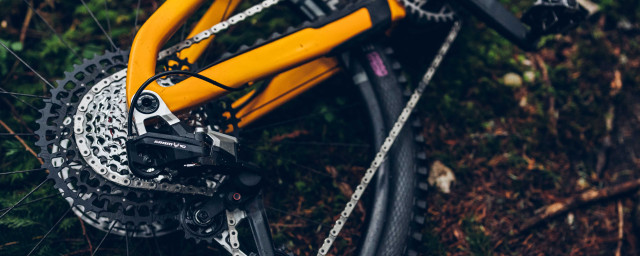


1 comments
I'll tell you how it affects my ride it's bloody knackering chasing my wife up hills when she puts her e-mtb into turbo mode ! 🤣